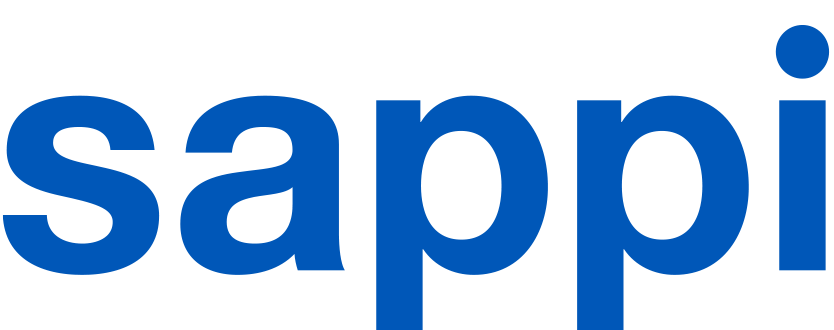We sometimes tend to forget the sustainable advantages that paper has compared to other materials. The fact that it’s chemical free, biodegradable, has low CO2 emissions and is of sustainable origin are almost taken for granted.
With the increasing attention on plastic waste and the scary images of plastic islands floating in our oceans, paper’s being perceived more positively than ever before. Janosch Schenk, Technical Customer Service Engineer,
Alfeld Mill reveals just why: “Although there is no recognised certification system for green printing, we can identify trends and standard practices in the different industry segments. The reality from the paper perspective is that green printing doesn’t really bring any new difficulties to the table. We don’t need to adjust our processes because independent certifications already exist for paper that demand certification requirements. For us, green printing is a new name for something we already do.”
Here are ways green printing’s already being put into practice:
PAPER:
- EMAS and ISO 14001 certifications are widely implemented in the industry
- Chlorine bleaching has almost been completely phased out
- Over 70 per cent of fibres used by European paper and board mills are certified
- The chemicals used are largely harmless
- Biomass is the main energy source, especially at integrated mills
- Reliable communication tools are in place, such as paper profiles, ecolabels and carbon footprint sheets
- Paper and print are recyclable and a valuable raw material after use and when recycled
PRINTING:
- Mineral oil in printing inks is increasingly being replaced by vegetable oils
- Print management systems are increasing efficiencies and reducing material waste
CHALLENGES FOR THE FUTURE:
- Dependency on fossil-based chemicals could be further reduced
- The ability to recycle will need to be taken into account when using certain inks, varnishes and laminates and when developing new products, such as barrier papers
- The safety of UV inks and varnishes, depending on their print applications
- Emissions from mineral oil-based inks, especially with cold-set
- Optimal cascaded use of recycled fibres











